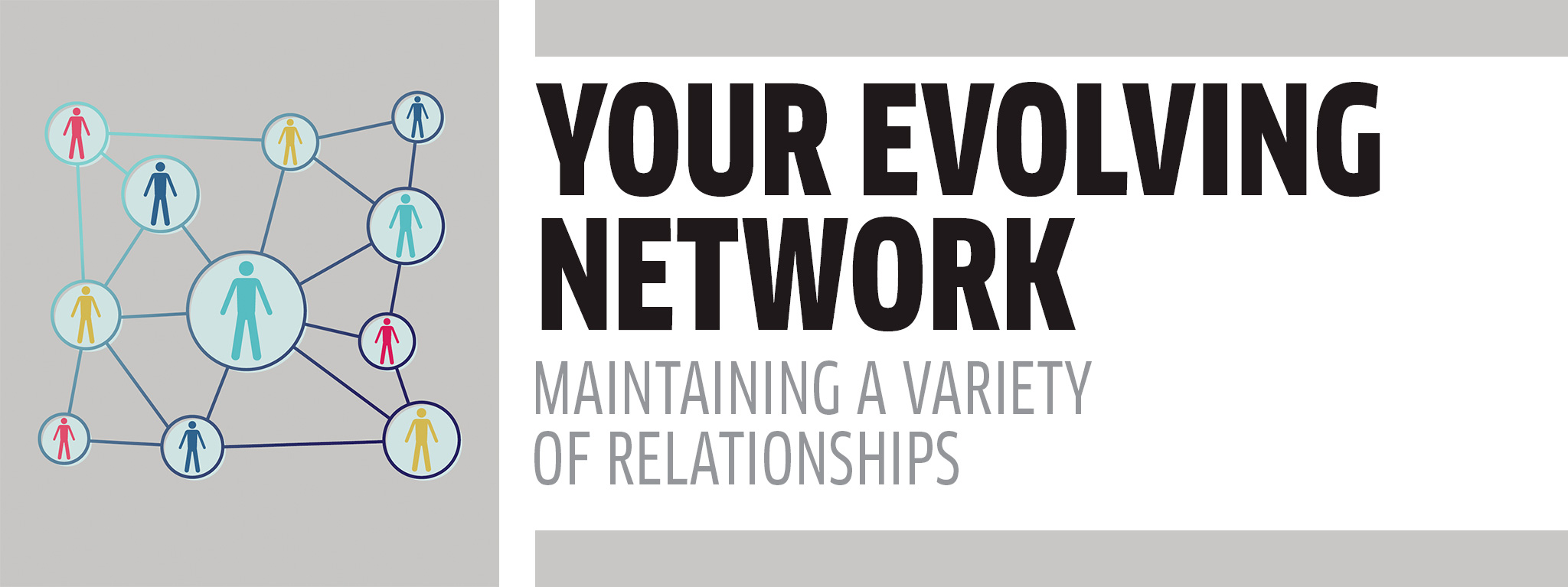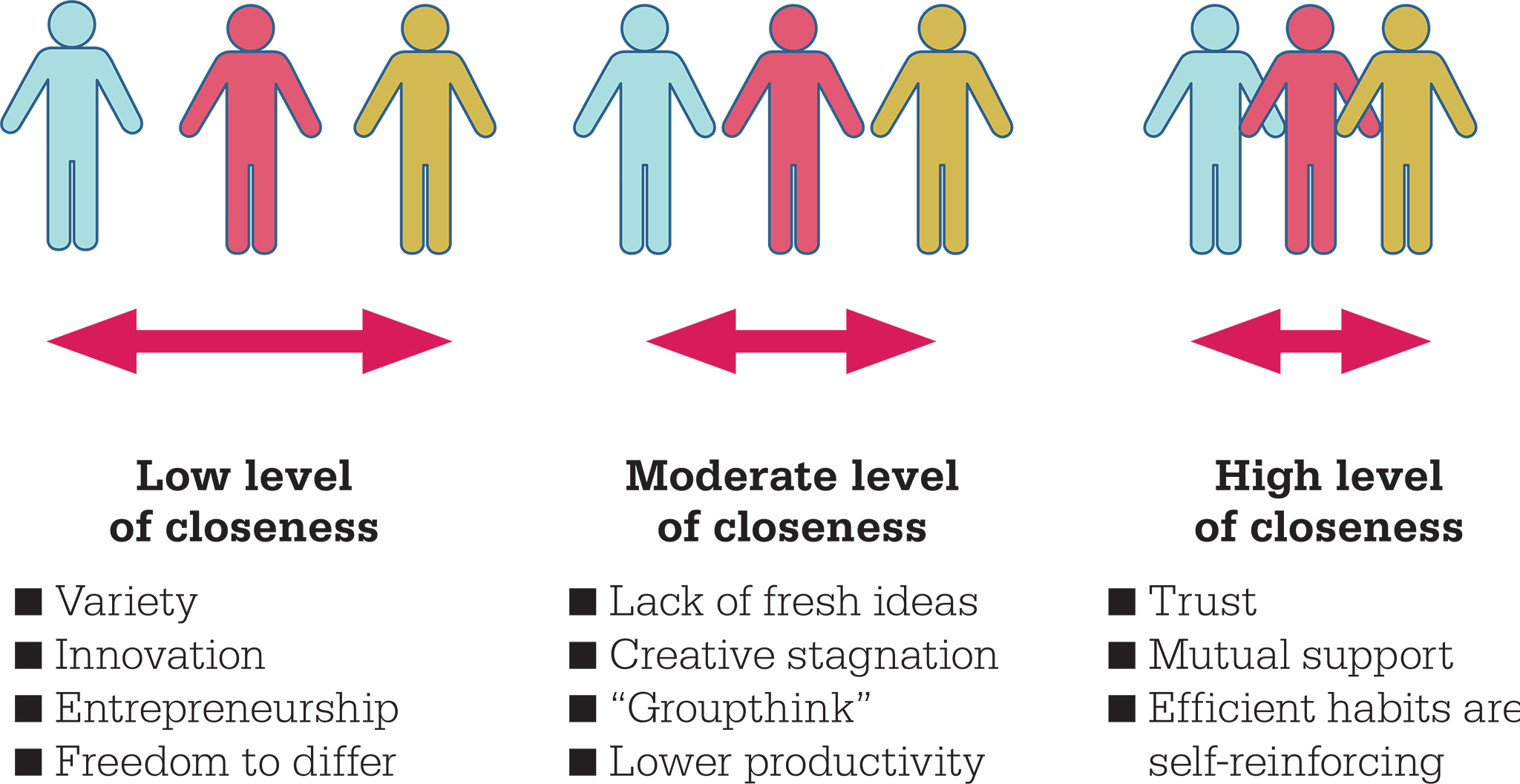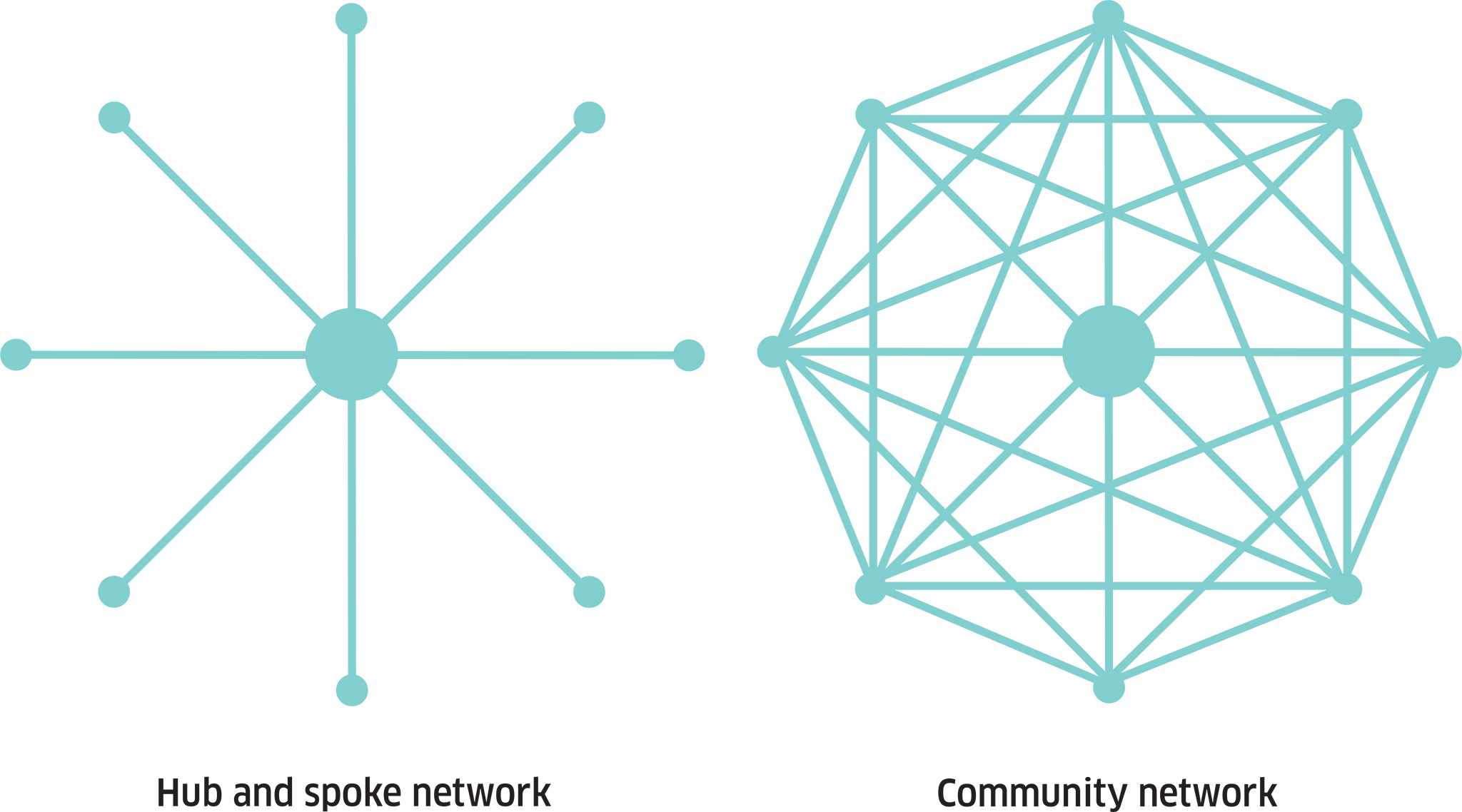
The effort you put into networking will pay dividends. Think of it as building a community of people you can rely on, learn from, and share ideas with over time. The key is to foster relationships with a wide range of people.
The ties within our communities can be a strong support to us. But when it comes to networking, do you prefer to align yourself with people based on your feelings toward them, or an assessment of what they can do for you? A 2008 American study found that some people are “affect-based”—that is, they’re led by their feelings and are bonded to others by empathy, rapport, and self-disclosure. On the other hand, “cognition-led” thinkers are guided by rational calculation and prefer people who offer them tangible benefits, such as career guidance and task-specific advice. The researchers concluded that some people value friendliness more than practical help, while for others it is the reverse. When getting along with your colleagues and friends, it’s useful to know which is which.
The strength of weak ties
“Weak ties” refers to the connections we have with people with whom we are on good terms but don’t see often—such as friends of friends, people we meet at conferences, and old colleagues. Such contacts are still worth cultivating: sociologist Mark Granovetter, researching randomly selected professionals, discovered that the majority had found their job through people they saw only rarely. Granovetter deduced that such connections don’t overlap our social circles much, and so they can introduce us to new people and opportunities: those who may not seem to have much influence on your prospects now may make the most difference in the future.
close-knit or distant
A 2004 Italian and American study analyzed group dynamics in the Italian television industry—a field that calls for both creative and technical expertise—to examine which sorts of teams were the most effective. They found that when it came to completing tasks, groups with a moderate level of closeness were the least productive, as they were interconnected enough to be insular, but not close enough for the members to have a profound mutual understanding.

connecting others
Silicon Valley entrepreneur Adam Rifkin argues that most of us think of our network as a series of spokes, like a bicycle wheel, with ourselves in the center. Instead, we should conceive of ourselves as part of a community: connecting people to each other still places us in the center of that community, even if we aren’t particularly connected to each individual. This broadens the depth and size of our network, and by empowering others, we benefit in the long run too.

 how to network
how to network
American management consultant and entrepreneur Ken Morse offers these eight tips for successful networking at an event:
1 Do your research. If information is available about who will be present, read it, and see if you know anyone in your network who could help you make a connection to these people.
2 Perfect a short speech. This is your “elevator pitch”: be able to say what you can offer people in one or two sentences.
3 Show up early. This is an opportunity to meet the host.
4 Act with confidence. Take the initiative by introducing yourself to others.
5 Hang around by the food. Blocking the bar will irritate people, but food boosts people’s mood and makes them friendlier.
6 Approach speakers before their talk. Afterwards people will be clustering around them and it will be hard to get their attention.
7 Ask for introductions. If you know someone with credibility, being presented by them makes you look credible too.
8 Focus on other people. Ask questions. People enjoy sharing their opinions and perspectives, so listen closely, and make space for conversations to flourish.
